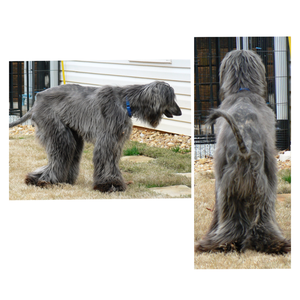Paw Print Genetics partners with a number of different organizations. In many cases, the organization comes to us wanting help in providing members with educational materials on genetics to promote genetic testing among their members. In other cases, we see a need in an organization for better education and we want better visibility to their membership. In either case, our partnerships are limited to providing genetics education when desired, discounts to members to promote testing, and supporting their events with raffle items or prizes, such as gift certificates for free testing.
You may have noticed that some of the organizations and clubs that we have partnered with may be considered nonconforming in the sense that some are not AKC recognized, nor are they well known. Some individuals have recently questioned our integrity or intentions with these groups. In partnering, our only agenda is to promote healthy dogs and genetics education. We do not have any other agenda. Paw Print Genetics will accept samples from all dogs, regardless of breed, color, conformity to published standards, registered, rescued or adopted. We do not discriminate when it comes to promoting genetic testing and healthy dogs. ...









